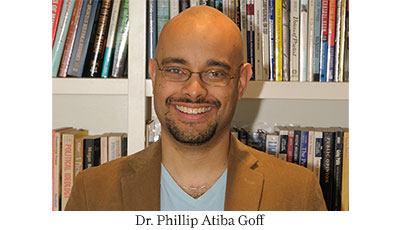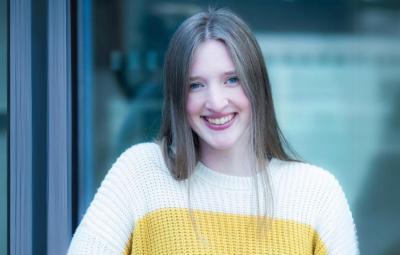
Following a week in which the United States reeled from the fatal police shootings of black men in Baton Rouge, La., and Falcon Heights, Minn., and the subsequent murder of five police officers in Dallas, Texas, the Center for Policing Equity (CPE) at John Jay College released on July 8 a new report in which it compares patterns of police stops and the use of force across 12 departments participating in the Center’s National Justice Database.
While noting that blacks are still more likely than whites to be targeted by force in the departments studied, the study found that racial disparities in police use of force are not linked to crime in some departments.
The report was presented at a convening of police chiefs, elected officials, researchers, and oversight practitioners at the Department of Justice in Washington DC for a conversation about race and policing in the United States. Click below to read the two parts of the report:
The Science of Justice: Race, Arrests, and the Police Use of Force
The Science of Justice: City Report
CPE President and Co-Founder Phillip Atiba Goff, Ph.D., co-authored the study with Tracey Lloyd, Ph.D., Research Associate in the Justice Policy Center at the Urban Institute; Amanda Geller, Ph.D., Director of the M.A. Program in Applied Quantitative Research at New York University; and Steven Raphael, Ph.D. and Jack Glaser, Ph.D., Professors of Public Policy at University of California, Berkeley. Goff is the Franklin A. Thomas Professor in Policing Equity at the John Jay College of Criminal Justice.
About the Center for Policing Equity: Created in 2008 by a collaborative effort of then-Denver Police Department Commander Dr. Tracie L. Keesee and Dr. Phillip Atiba Goff, the Center for Policing Equity (CPE) is a research and action think tank that works collaboratively with law enforcement, communities, and political stakeholders to identify ways to strengthen relationships with the communities they serve. Using evidence-based approaches to social justice, CPE uses data to create levers for social, cultural, and policy change. Visit http://policingequity.org/
About John Jay College of Criminal Justice: An international leader in educating for justice, John Jay College of Criminal Justice of The City University of New York offers a rich liberal arts and professional studies curriculum to upwards of 15,000 undergraduate and graduate students from more than 135 nations. In teaching, scholarship and research, the College approaches justice as an applied art and science in service to society and as an ongoing conversation about fundamental human desires for fairness, equality and the rule of law. For more information, visit www.jjay.cuny.edu.
MEDIA COVERAGE:
Documenting Racial Disparities in Police Use of Force
by Phillip Atiba Goff on the Open Society Foundations “Voices” blog, July 12, 2016
Study Supports Suspicion That Police Are More Likely to Use Force on Blacks
New York Times, July 7, 2016



